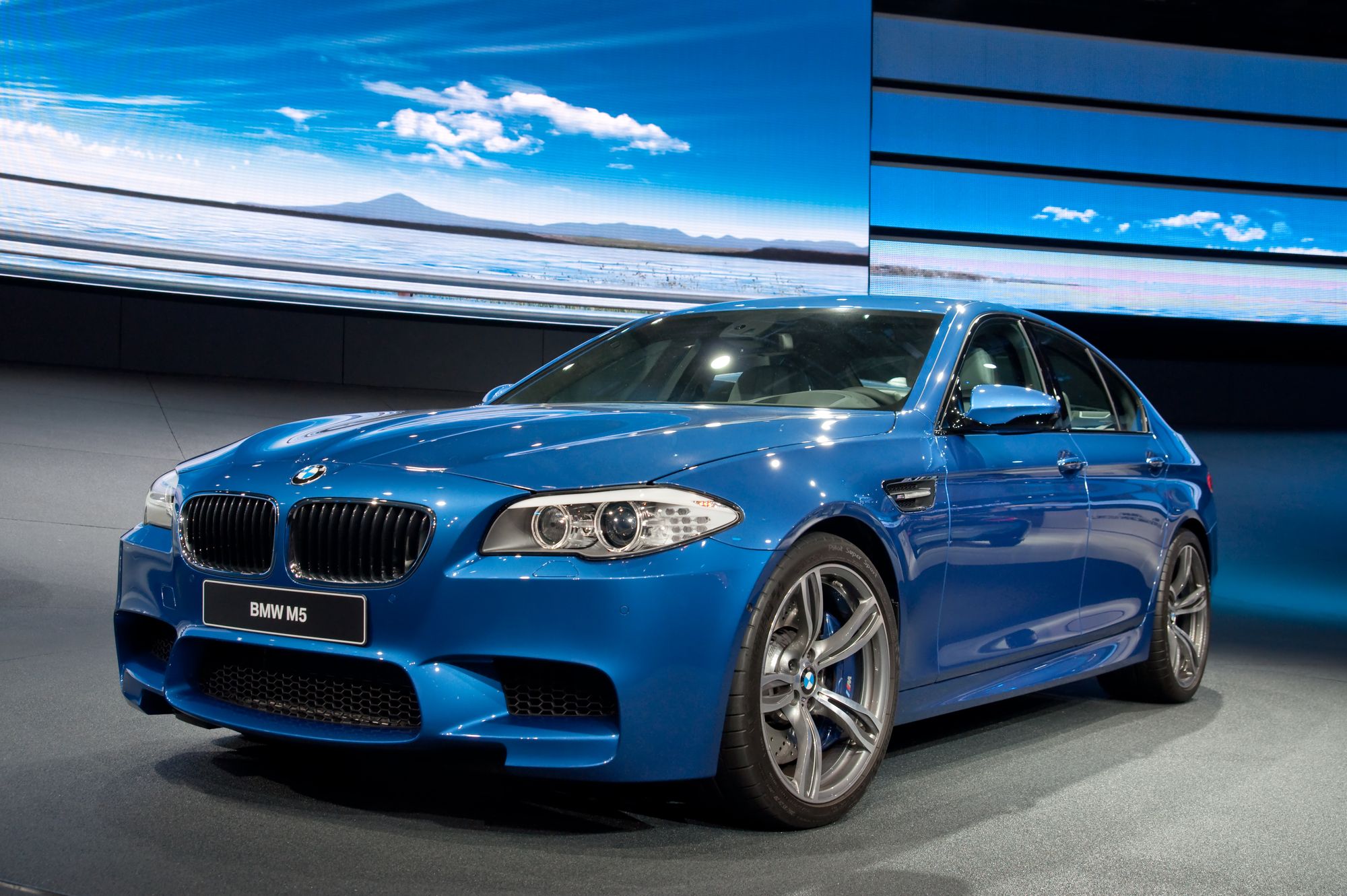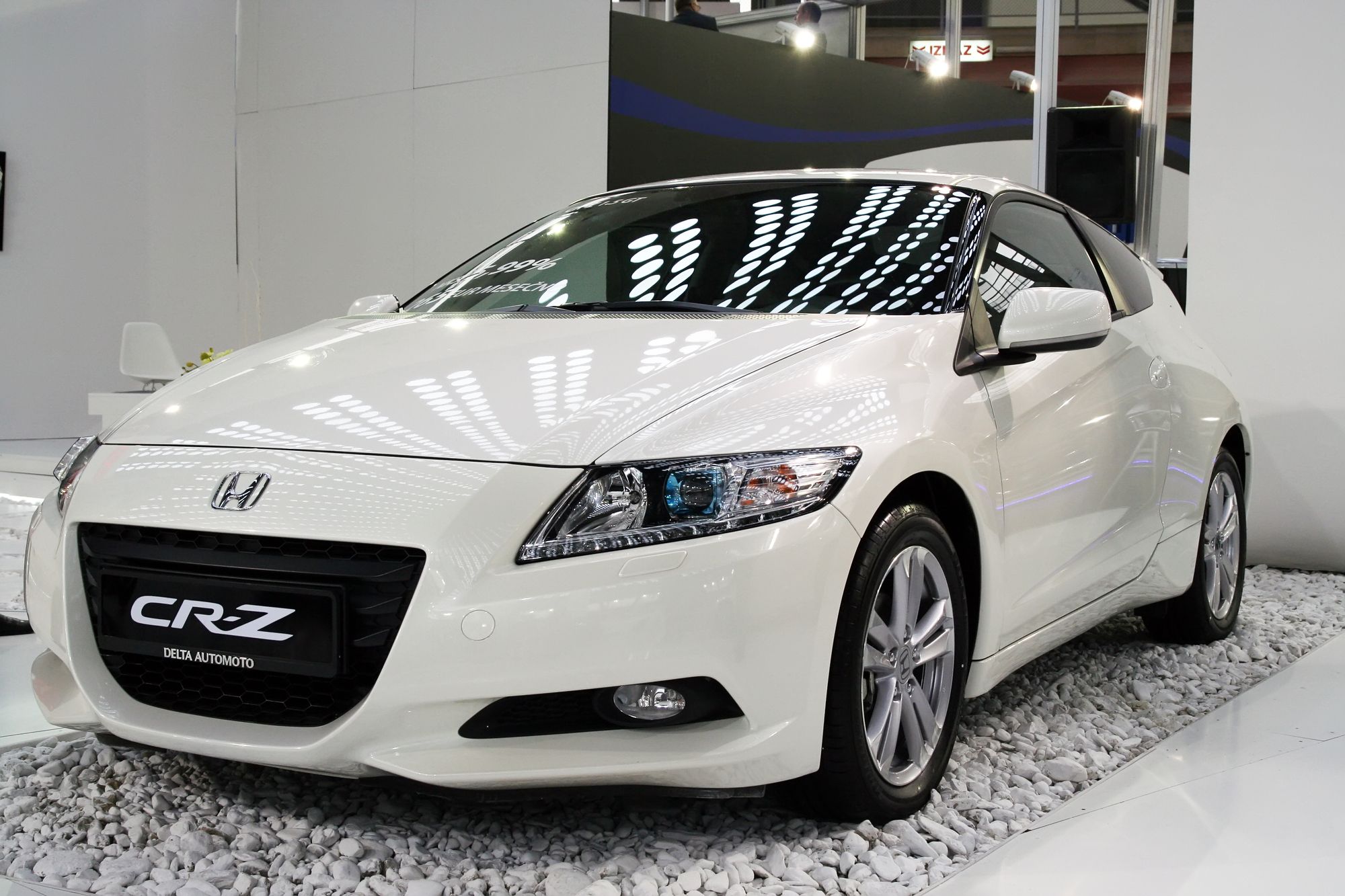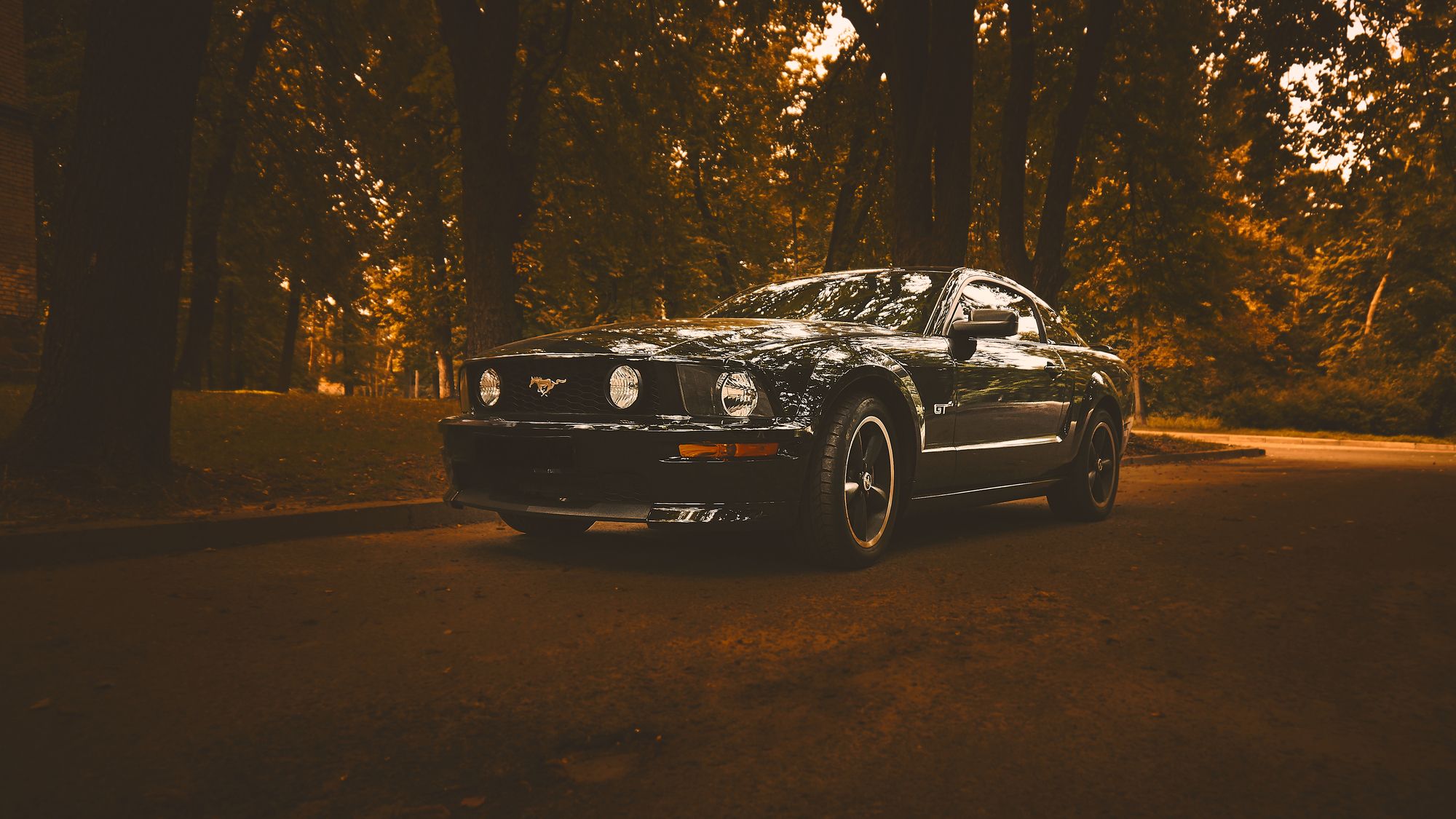Domestic, Asian, and European cars dominate the American automotive market. Many people know the names of popular manufacturers among the three, but the differences between the regional designs are often unknown. Nevertheless, the similarities and differences between these huge manufacturers provide a lot of information about what the right car is for you, what to expect for general maintenance, and more.
Get a free quoteTo follow what is new at Wrench, follow us on Instagram, Facebook, Twitter, TikTok, and LinkedIn!
Many people can tell the difference between cars based on the vehicle's exterior look, style, and more. In addition, there are often reasons for the differences between cars from various places and extensive pros and cons list for each. Below, defining factors and critical design aspects are explained, as well as a brief history of the automotive industry from each region.
German Cars

The History of German Cars
Germany's history within the automotive industry dates back over 100 years. The first car powered by internal combustion was in 1864 by a German engineer named Siegfried Marcus. The design model is a simple hand cart powered by an internal combustion engine reliant on petrol. Marcus continued to create variations on the model until 1888, when the model began to resemble what we now think of as a car, including a driver's seat, clutch, brake, and steering wheel. However, the first automobile to go into total production was the Benz-Patent Motorwagen in 1885. Early in the company's output, they found it challenging to gain capital from investors. However, one morning in 1888, the inventor's wife took the Benz-patent motorwagen for the first long-distance drive. She drove the vehicle a total of 65 miles (104 km). This was a breakthrough in the automobile industry, proving the valuable and reliable nature of the cars. Since then, German engineers have played an essential role in developing what we know now as cars.
Modern German cars are known for their luxurious look, powerful engines, and precision engineering. German cars are often the most expensive because of the quality and manner of their production.
Luxurious Look
The interior and exterior of German cars are well known and appreciated. Luxury is apparent in German cars, even if the vehicle is not from a luxury line. Leather seats, quality interior design, and top-notch finishes are standard for German vehicles.
Powerful Engines and Precision Engineering
German cars have strong engines that, with the proper maintenance, can remain strong for many years and hundreds of thousands of miles. However, because of German cars' unique and precise engineering, maintenance and repairs can often be more expensive than competitive manufacturers. The intricate design of German cars requires experience and is often more complicated to repair than American and Japanese cars. Even with the difficulty and precision of some maintenance, Wrench has mobile technicians qualified to perform maintenance on German vehicles.
- Luxurious Style
- Powerful Engine
- Precision Engineering
- Expensive Repairs
Japanese Cars

The History of Japanese Cars
In 1902, Komanosuke Uchiyama, at the age of 21, was the first in Japan to create two models of automobiles, one with an engine that was brought by his boss back from the United States. In 1904, the first domestically manufactured bus was created, powered by a steam engine, with a capacity of 10 passengers. Three years later, Komanosuke Uchiyama built the first entirely Japanese-made gasoline engine car. In the last century, Japanese engineers have made huge advancements within the auto industry.
Japanese cars are known for their impressive technology, high reliability, and low malfunction rate. Japanese cars are also known for their low average yearly maintenance costs. The reliability that Japanese vehicles are known for is prominent in both their more cost-effective and luxury lines. Most Japanese car manufacturers have a section that caters specifically to luxury cars.
Impressive Technology
Japanese cars have been trailblazers in the hybrid and electric markets from very early on. These manufacturers have created a unique technology that enables higher fuel efficiency in many of their vehicles.
High Reliability and Low Malfunction Rate
Another unique trait about Japanese cars is their impressive reliability. Many Japanese manufacturers perfect parts and designs before a wide release on the market, lowering the malfunction rate. This enables a much higher reliability rating as design flaws do not reduce it. The low malfunction rate also helps keep the annual maintenance cost lower than that of German cars, which often include more complicated engineering.
Reliability within any car is essential as you can expect your vehicle to perform well consistently. It also lowers the chances of unexpected and costly repairs. Reliability is a necessary factor to consider when evaluating the purpose of a car, whether it is a car to commute to and from work or a vehicle to show off.
- Impressive Technology
- High Reliability
- Low Malfunction Rate
American Cars

The History of American Cars
J. Franks and Charles Duryea, two bicycle mechanics, designed the first successful gasoline automobile in 1893. The two engineers, based in Springfield, Massachusetts, went on to win the first American car race in 1895. In 1896, the sale of the first American-made gasoline car was conducted. In the next decade, 485 companies joined the market. As a result, the automotive industry operated under an unprecedented seller's market, as the demand for luxury consumer goods exceeded the production.
Based on the American production history, that had already been established to produce at a higher volume and lower cost than European goods. By 1913, 485,000 of the 606,124 cars produced were American-made. In addition, new production practices were implemented to enable a much larger, more efficient production that allowed lower costs.
American cars are known for their cost efficiency and affordable repairs and are often bigger-bodied vehicles. The classic image of American cars is often muscle cars, trucks, or larger, less efficient vehicles. There has been a significant change in this concept in recent years, but it is still prominent among American car manufacturers.
Bigger Style
American cars are designed for broader, straighter roadways than German cars, which is why "muscle cars" are so popular. These cars are wider and heavier, so they handle straight roads better than roads with tight turns. Trucks and larger vehicles are also known to be popular within American production.
Affordable Repairs
With a properly designed American car, the average repair cost is often similar to that of Japanese vehicles, if not less. Although American cars are less reliable, the individual repair costs are often lower for parts and labor due to simple engineering.
- Mass-Produced
- Affordable
- Bigger Body Style
- Cost-Efficient Repairs
Despite the differences in maintenance, style, and design among these three countries, Wrench can service all of the above. With hundreds of highly qualified ASE-certified mobile mechanics across the country, Wrench is ready to handle any maintenance needs.
How to Book with Wrench
No matter what kind of car you have, Wrench has you covered. Booking with Wrench has never been easier with our online booking platform. The link below will lead you to the booking page, where you will be asked to enter your car's VIN, or you can manually enter the year, make and model. At this point, you will have the opportunity to select the services you require. Finally, after some general contact information, you will be asked to choose the time, date, and location for your service. Once all of the information has been entered, all you have to do is sit back and relax. You will not be charged until the service is completed to guarantee customer satisfaction. So get started booking with a Wrench technician today!
Get a free quote

